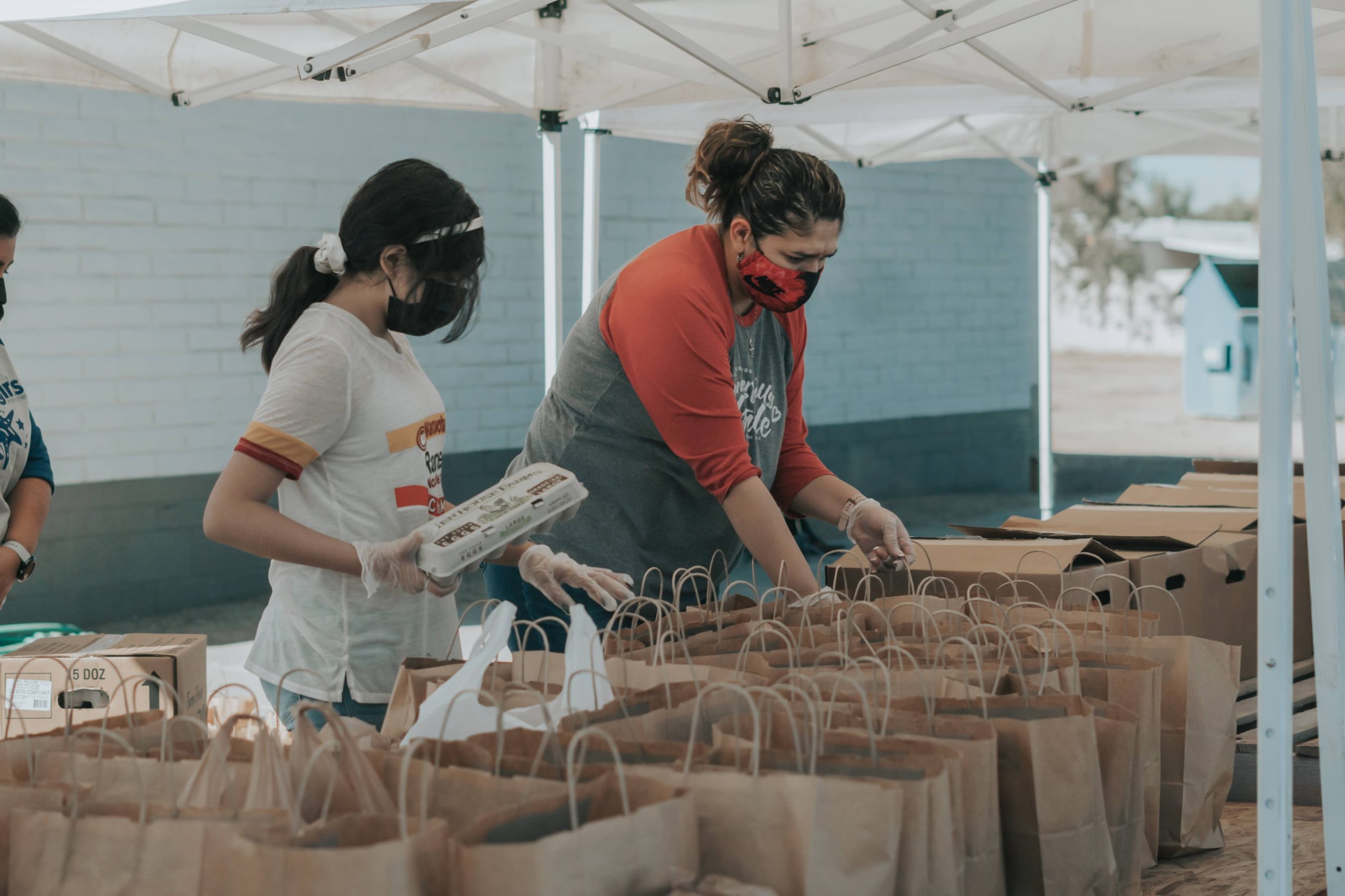Disasters, dollars and decisions: Lessons for nonprofits to prioritize where and how to help

This post was originally published on Forbes Nonprofit Council.
What is a disaster? This is a question I am asked regularly, not only by individuals or organizations seeking enlightenment but also by those of us who work on and in disasters. The truth is that the answer is as complex as it is simple.
Simply put, a disaster occurs when a hazard meets a vulnerability. And it is within this very simplicity that its complexity lies. For what is a hazard or a vulnerability? And within the many ways that hazards meet vulnerabilities, how do you determine scale, needs or priorities?
Traditionally, I’ve found most think hazards are “the” disaster. A hazard is the event such as an earthquake, a tornado, drought or fire. The nomenclature of equating the hazard with the disaster is understandable but can confuse. While the event, or hazard, is often horrific by its very nature, the disaster occurs when the hazard meets a vulnerability.
A vulnerability results from the power dynamics, societal or economic inequalities and historical hierarchies that prevent an individual, community or population group from exercising their fundamental rights and accessing resources. While demographic commonalities—such as poverty, restricted legal status or limited access to resources—often exist among communities most vulnerable to disasters, there are multiple ways to create or exacerbate vulnerabilities. Just a few examples include redlining neighborhoods, curtailing rights or under-development.
It is at this intersection—the point of connection between the event and exposure—that the impact of a disaster occurs, where human, environmental or financial consequences arise.
We know that more disasters will come and that they may be more frequent and intense. While we, as a society, can not completely diminish the occurrence of disasters, we can do quite a lot to decrease the ferocity of hazards and reduce the vulnerabilities of people, communities and industry.
It is critical for nonprofit leaders to understand and explore the complexities of disasters to guide what actions will adequately mitigate and reduce risks from disasters’ devastating impacts.
Where to start
Years ago, I facilitated a training for shelter experts from around the globe. Included in the course was a session on assessing needs, where we worked with the experts on a methodology for examining damaged houses and determining quantifiable characteristics to guide recovery activities such as unsafe, restricted usage or habitable.
Halfway through, we stopped the exercise and asked the experts to translate the word “home” into their language. Unsurprisingly, in many languages, there was no single word for home. As the saying goes, a house is not a home. That’s because home is not a place alone; it is a feeling, a connection. The same complexity exists across sectors: Education is not just a school; a meal is not food security; well-being is not a hospital.
Our deliberate tactic with the shelter experts sparked the recognition that quantitative data does not fully capture the quality of life. And thus, I believe the best place to start when responding to any disaster is to remember that disasters are personal. They tear the familiar from families and communities. They insert unpredictabilities into constants.
Prioritizing where and how to help
1. The best defense is a strong offense.
In my experience, the strongest offense to the occurrence of disasters is to lessen the strength of hazards (when possible) and decrease the vulnerabilities created by societal inequities. Nonprofit leaders should focus on greater collaboration among those working on or funding programs to address the hazards and vulnerabilities that lead to disasters. It’s important to take a collaborative approach that sees the whole of a community and supports that community in addressing the source of their vulnerability and mitigating their exposure to hazards.
2. When a disaster strikes, commit to be supportive for the long haul.
No one doubts the criticality of an immediate response. For survivors of a sudden onset event, such as an earthquake or hurricane, the first 24 to 72 hours are often brutal and gut-wrenching. Needs are often transactional and accommodated well-enough by old-school “truck and chuck” distributions of food, water, health services and shelter.
However, evidence often shows that recovery takes months, if not years. Those affected need nonprofits, donors and other supporters to be with them beyond the early days after a disaster. They need donors to invest in not only building back, but building their community back better.
3. Failure to plan is planning to fail.
Strategy is central to determining who, how and where you can help. A strategy can help define sectoral or geographical parameters, pre-determine vetted nonprofit partners and balance investments for an immediate response, long-term recovery and mitigation. Clarity of purpose and strategy, charted out in blue sky times, can enable you to contribute thoughtfully and with confidence, knowing that philanthropic resources are going where and when they are needed most.
These three strategies can help us combat against a diminishment of empathy, which is often caused by feeling overwhelmed by needs amid uncertainty in how to make a difference.
